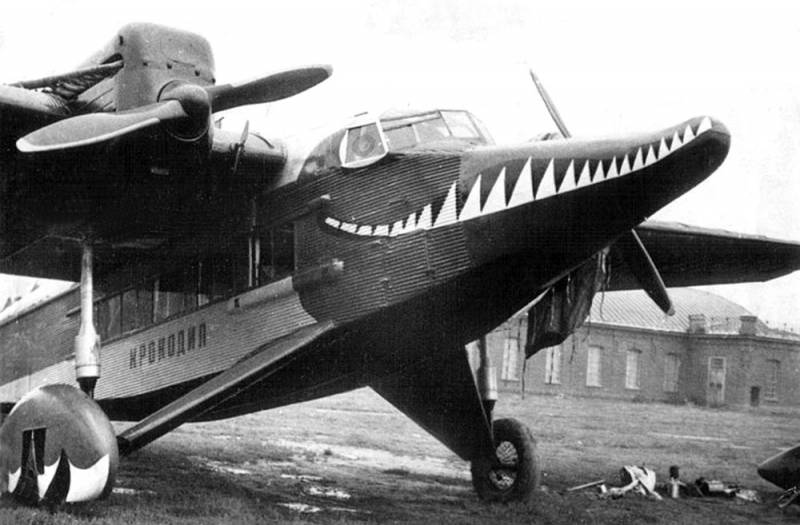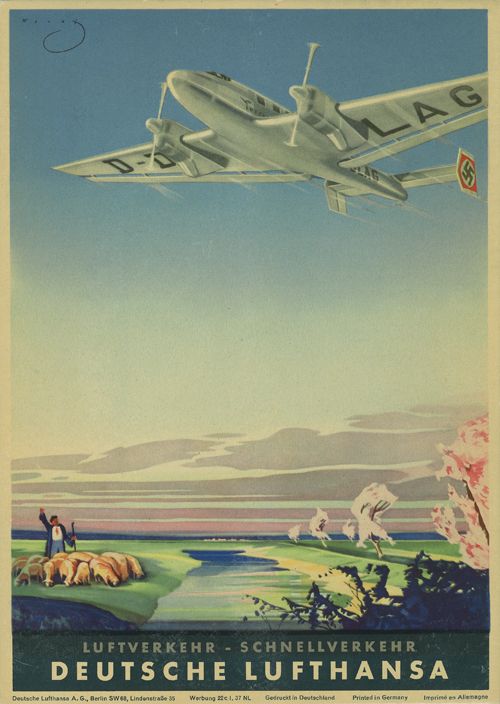blackkite
Don't laugh, don't cry, don't even curse, but.....
- Joined
- 31 May 2007
- Messages
- 8,819
- Reaction score
- 7,716
Hi Victor passenger transport, HP.96, HP.101, HP.111, HP.108, HP.113, and HP.123.
Attachments
Last edited:
It looks like HP.64 ?.Not sure if this is an actual project but it clearly depicts a 1944 concept for a Halifax-derived postwar airliner.
The Halifax vertical tail is retained to demonstrate the lineage, I suppose, but it kind of uglies up an otherwise attractive profile.
Regarding the PS-9:About Tupolev: Almost all his bombers had civil derivatives, and it was beginned not in middle 1950s, but in late 1920s. The first Tupolev airliner, 9-seat trimotor ANT-9 from 1929, was derived from R-6 (ANT-7) twin-engine recon/bomber aircraft: the wing and tail unit were the same, combined with new fuselage. Also engines were different: while R-6 had two inline 630-hp M-17s (Soviet license-built BMW-VIs), the ANT-9 had three radial engines: 3x230-hp Gnome-Rhone Titan on a prototype, 3x300-hp Bessonov M-26 on serial aircrafts. But the M-26 engine was unsuccesssful, and in 1931 a version called PS-9 was designed; it had two M-17s and the powerplant was completely taken from the R-6!

Hi,
the B-58 bomber with people pod.
Totally!!I could see that for Stratolaunch.

Hi,
the B-58 bomber with people pod.
I'm also trying to figure that out as well?Is the someone who ever have seen an illustration,or who haves more info of
the civil transport version of the Short Sperrin ?
Thanks in advance.
I have in my collection a photo showing a XB-70 with windows!There was an SST derivative/relation of the XB-70 studied at one point.
Were there ever any A-26s or B-26s converted to turboprop? Seems like it would be a match made in heaven.
After WW2 several more NAA B-25s were converted to executive transports. The waist gunners' cabin is plenty big enough to acommodate passengers with more headroom than needed. Mind you, it is almost impossible to squeeze forward into the cockpit. B-25s were preferred because they were a fraction of the cost of serious DC-3/C-47 Dakotas.Let us not forget what was likely the first B-25 executive transport converion, the one done by NAA during WW II for General Eisenhower. Of course, along those lines might the two-seat P-15B conversion, "The Stars Look Down", that flew the general over the Normandy beachhead by considered an executive version?
About the time On-Mark considered a turboprop conversion of B-26, they discovered corrosion problems with twing spars...
NAA built B-25/PBJ conversions for its own executives:After WW2 several more NAA B-25s were converted to executive transports <snip>
Very old comment to reply to, but it's because they didn't have a whole lot of radar navigation beacons in the Soviet Union. The navigator would line up on river forks, mountains, etc and use those as guides.A detail that has intrigued me for years, why did the T104 have a "bomb aimers" position?
Soviet navigators used drift sights to calculate cross-winds and time across terrain.In general, the civilian "bomber" I'd want is a PBY Catalina Amphibian. Outside in (insert historical paint scheme here), inside like a flying Winnebago. Give it a pair of 1200hp PT6AG engines so it'll run on diesel if I have to. Won't get anywhere fast, but will get there in style.
Very old comment to reply to, but it's because they didn't have a whole lot of radar navigation beacons in the Soviet Union. The navigator would line up on river forks, mountains, etc and use those as guides.
